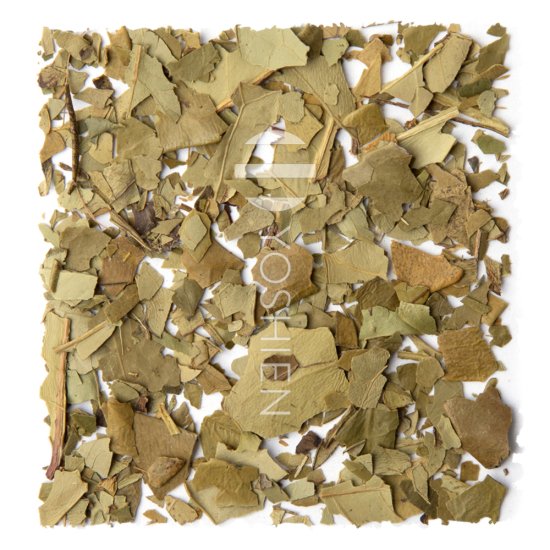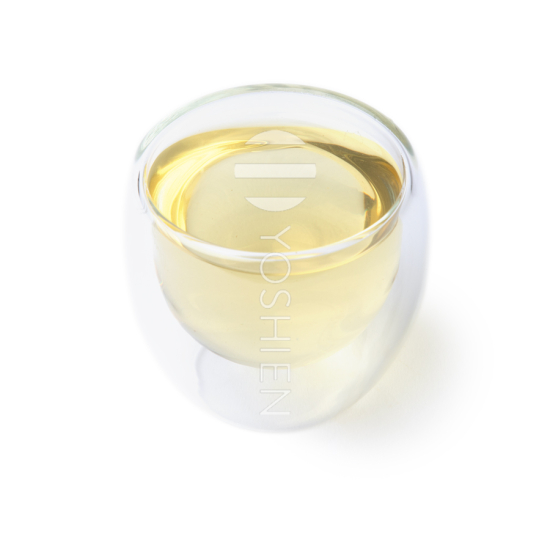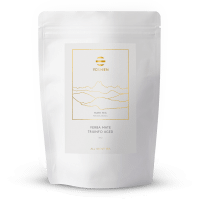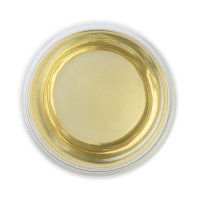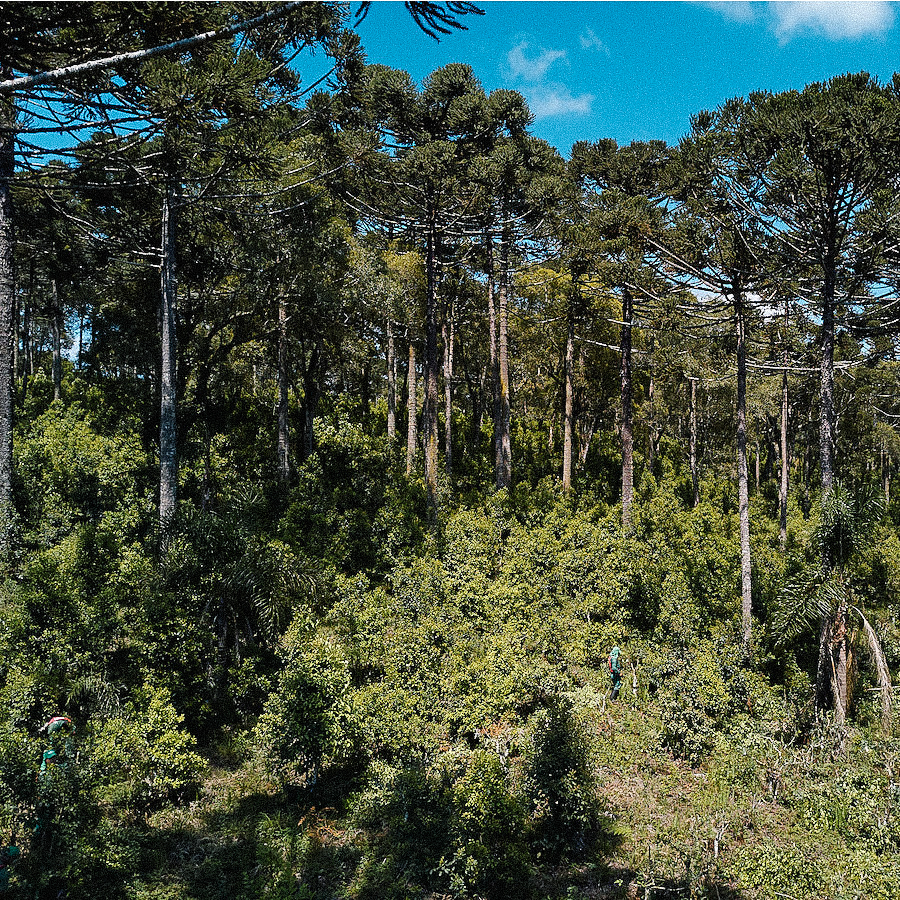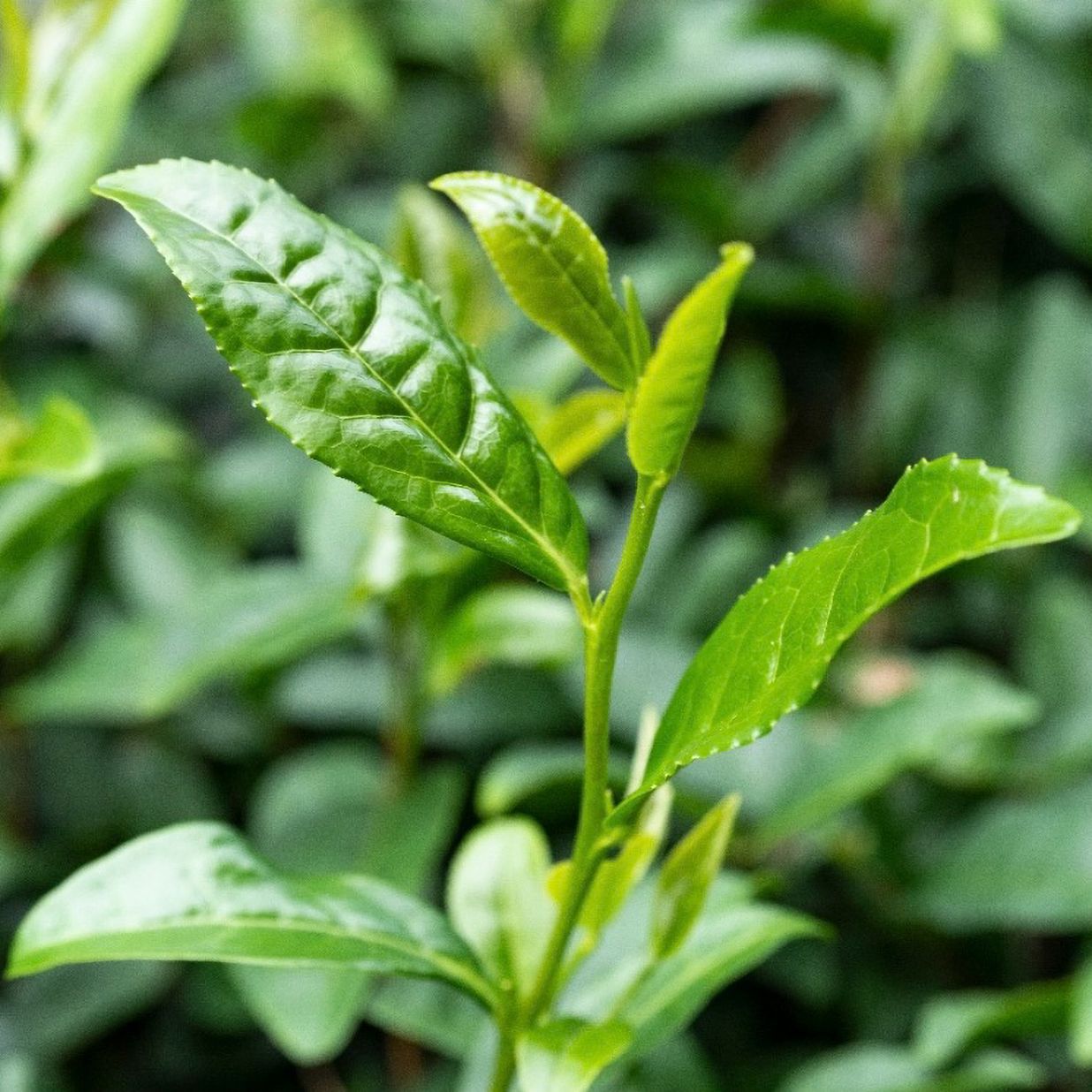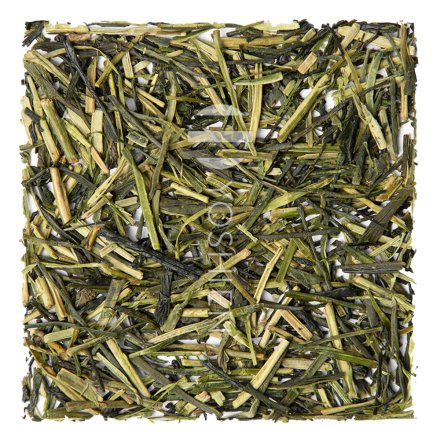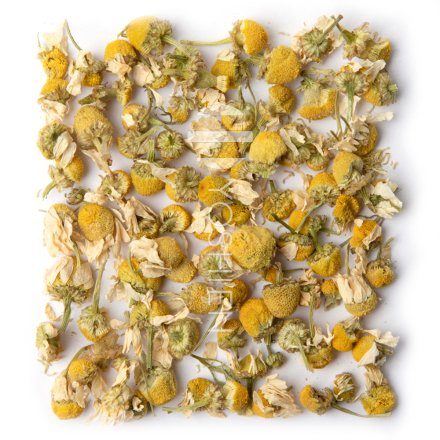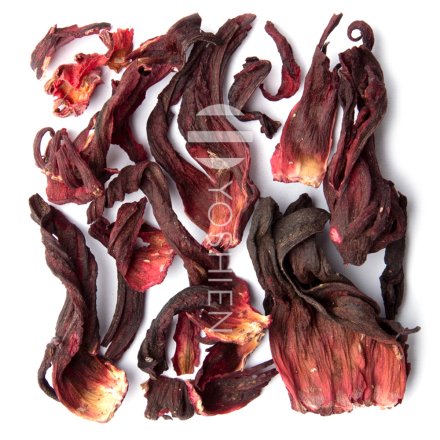A large portion of mate production takes place in monocultures on cleared plantations. In them, all mate shrubs grow at the same height and are exposed to strong sunlight. To protect themselves from the sun, they produce more acids and caffeine. This can lead to poorly digestible mate tea.
However, our producer's mate plants thrive in mixed plantations, in the middle of the jungle and among the natural vegetation. Not only does this provide them with natural shade, but their symbiotic co-existence with other plants in their original habitat allows them to receive an optimal supply of nutrients, resulting in aromatic, balanced mate tea. Furthermore, the Atlantic rainforest, which is suffering from severe deforestation, is spared, and the planting of new mate trees supports its regeneration. In order to give the plants enough time to recover between harvests, harvesting is alternated between two sections of the plantation. Each plant is given the chance to develop new shoots and gain strength for two years after harvest. The harvest itself is carried out with electric shears, meaning thick branches can be cut off precisely and without crushing the plant, which further enables its regeneration.
The harvested mate leaves are processed by the farmer and dried in a special two-stage process over an open fire made from sustainably planted eucalyptus trees. Thanks to our producer's unique method, the mate leaves never come into contact with the smoke from the fire and its pollutants.
THE ORIGIN OF YERBA MATE
Historically, mate has been consumed by indigenous communities in South America for more than 500 years. The Guarani, who today live in Brazil, Paraguay, Bolivia, Argentina and Uruguay, were the first to process the mate plant into tea by crushing and drying it by exposing the leaves to fire. They also developed the traditional preparation of mate in a calabash, also known as a bottle gourd, with a straw (bombilla) made from sugar cane.
The enormous cultural significance of mate for the Guarani can still be felt today in countries such as Brazil, Chile and Paraguay and its origin myth is celebrated across the Guarani diaspora. The Guarani lived for a long time as a semi-nomadic tribe, changing their settlement sites every 4-5 years, when the soil was exhausted and no longer fertile. According to legend, an old Guarani man lost his strength at one of their encampments and decided to let his tribe and family move on and wait for death in solitude. His daughter Ka'a Jarýi, however, decided to stay with her father out of love and respect, and to stand by him in his isolation. The Guarani god, Pa' i Shume, saw this and decided to reward her for this sacrifice. One morning, a mysterious shaman came to their hut and offered to fulfil a wish; while Ka'a Jarýi remained silent, her father wished to regain his strength and bring his daughter back to their tribe. The shaman gave him a green plant and instructed him to plant it and to collect the leaves for harvesting, crush them, dry them over a fire and pour hot water on them. The old man did this and was so invigorated by the drink that he and his daughter were able to return to their community. To this day, Ka'a Jarýi is still worshipped as the goddess of the mate plant, which also provides comfort to the lonely and brings people together.
To this day, mate is a drink of enormous social and cultural importance in many Central and South American countries. Sharing a mate means an opportunity to exchange ideas, to take a break, to maintain relationships or to come together after a day's work. For our farmer's workers, too, not a day goes by without a shared mate, during which the yerba mate is passed around in a large, often ornately decorated calabash.
Organic Certification:
Organic Certification

PL-EKO-01
Nicht-EU-Landwirtschaft



